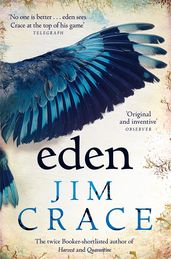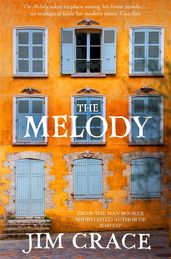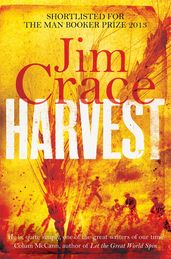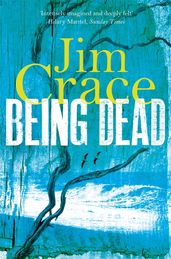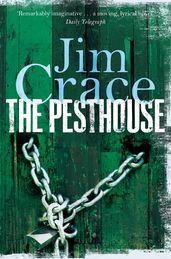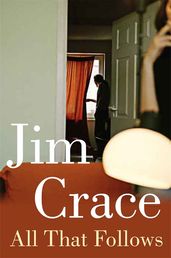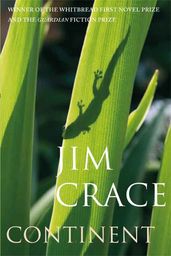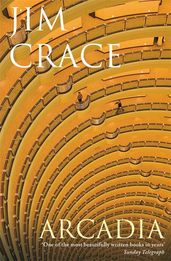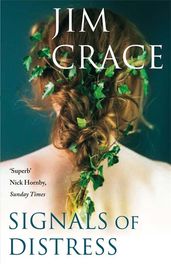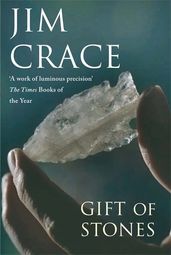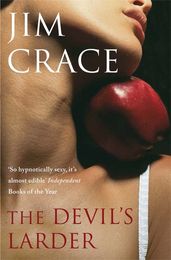Synopsis
From the Man Booker shortlisted author of Harvest.
Alfred Busi, famed in his town for his music and songs, is mourning the recent death of his wife and quietly living out his days in the large villa he has always called home. Then one night Busi is attacked by a creature he disturbs as it raids the contents of his larder. Busi is convinced that what assaulted him was no animal, but a child, ‘innocent and wild’, and his words fan the flames of old rumour – of an ancient race of people living in the bosk surrounding the town – and new controversy: the town’s paupers, the feral wastrels at its edges, must be dealt with. Once and for all.
Lyrical and warm, intimate and epic, The Melody by Jim Crace tracks the few days that will see Busi and the town he loves altered irrevocably. This is a story about grief and ageing, about reputation and the loss of it, about love and music and the peculiar way myth seeps into real life. And it is a political novel too – a rallying cry to protect those we persecute.
'The Melody takes its place among his finest [novels] . . . an ecological fable for modern times' Guardian
Details
Reviews
Strange, unsettling, brilliant . . . one of our most original and inventive novelists
Seductively atmospheric . . . deeply moving
Takes its place among his finest [novels] . . . grippingly symbolic and intensely real
Hypnotic and powerful . . . enchanting and disconcerting

